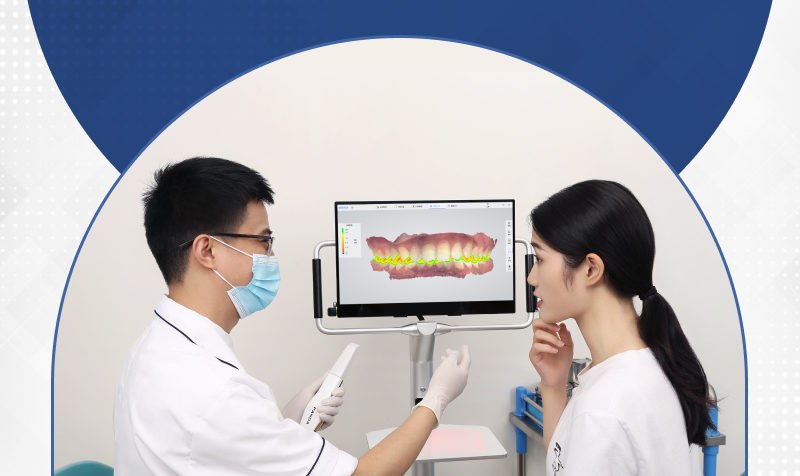In the past few years, the development in 3D scanning technologies and the rate of adoption have given a breakthrough in dental workflows. Digital dentistry has got a new shape – thanks to the smarter features, new findings, and easier integration of 3D scanning giving way to a better clinical outcome. But if you’re still waiting for your first scanner, here are some of the essential things that you need to keep in mind. Pay close attention to the range of factors discussed below before making the purchase. This will save you money and time.

Support
The first essential parameter to evaluate is the kind of support offered by the brand. It can make or break your workflow. Support encompasses everything – education, training, and the help that you need. They are the ones taking full responsibility to help users achieve the desired results from the product. Check if the team is responsive. Do they resolve your queries? Do they provide an end-to-end demo on how to use the camera? Check all these things before buying a dental scanner.
Software
It is the secret component of a digital scanner that decides how it will perform. To understand the quality of the software, you need to check its interface, software upgrade consistency, lab connection, and accessibility of third-party software. The best way to know this is by contacting the support team to give you a live demo of the same. The user-friendliness will depend will a lot on the software design.
Versatility
What will be the camera used for? Can it be used for a single purpose or different types of cases? Certain cameras have been designed to special indications while the rest can image just about anything.
Cost
Another determining factor is the price. One of the main reasons for buying technology is to make as well as save money and this same logic is applicable for a digital impression system as well. The evaluation should be based on the price to performance ratio. We assume that the scanners will be used more or less for 5 years before upgrading or replacing. So, when you’re thinking of the cost, be sure to consider this aspect.
Image Quality
The image resolution is another thing that needs to be factored in. Though scanning depends entirely on the user, the image resolution is obtained from the projector, software filters, and the number of cameras installed inside the scanner. The delivery of the final model is dependent together on these factors.
Conclusion
Besides the aforementioned factors, there are a few other factors that should be evaluated. This includes the scanner warranty, open-source files, clinical documentation, size of the camera, and the user base. All of these factors in a combined manner play an important role in the ultimate decision-making process. The role of 3D scanners is paramount in digital dentistry. It has improved the overall diagnosis as well as the communication between the doctor and the patient. So, if you’re still wondering if it is a good choice or not, think again.






